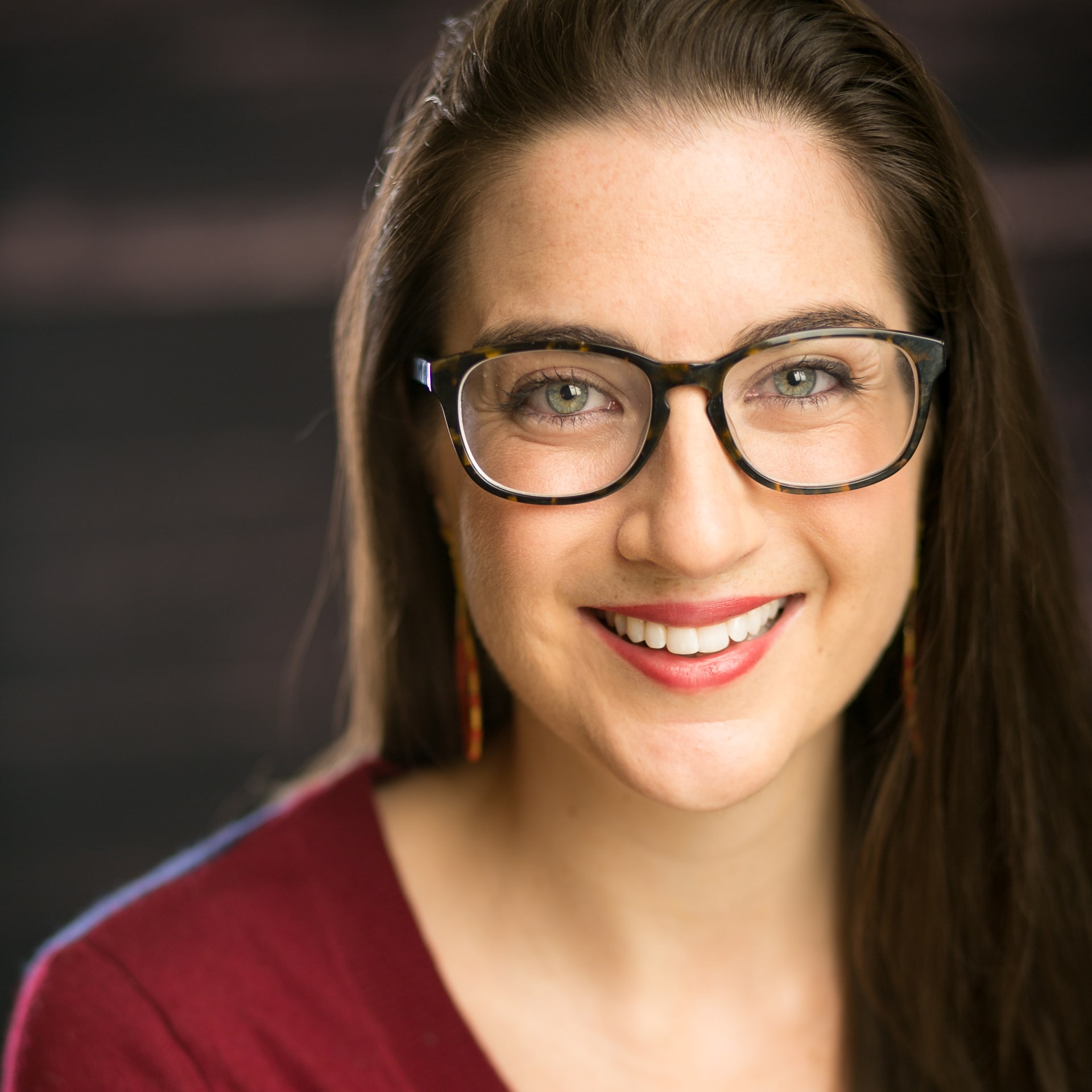For the past few months, I’ve been writing a lot about the power of online connections to expand and diversify students’ networks. But as I’ve researched this topic I’ve been equally excited by efforts to ease the logistical barriers of creating new local networks by connecting schools to the latent social assets right in their backyard. I owe a lot of my thinking on this topic to Josh Schachter, a social entrepreneur based in Tucson, Arizona who has built a platform called CommunityShare. Josh’s value proposition is not to multiply online connections, but instead to help teachers and students “go online to go offline.” The platform allows teachers to find individuals, businesses, nonprofit organizations, and higher education institutions who are excited to share their skills, experiences, and passions with teachers and students in schools and in out-of-school settings. In other words, it aims to unlock new face-to-face interactions in communities and schools. I sat down with him to learn more about the origin of CommunityShare and where he thinks this market of networking tools for school is headed.
Julia: What led you to build CommunityShare?
Josh: The idea for CommunityShare arose out of my own experiences as both a student and an educator. As an educator, I searched for ways to bring “real-world” relevance to my students. In 2006, my colleague Julie Kasper and I founded Finding Voice to support the literacy development, youth voice, and civic agency of refugee and immigrant high school students in Tucson, Arizona. During the first year, we asked our students to write and photograph what “home” meant to them. Nearly every single image taken by the students illustrated a feeling of deep isolation and disconnection from the larger Tucson community. In light of this reality, Julie and I decided to work toward building bridges between our students and the community.
Over the next eight years, we invited nearly 100 community partners into our classrooms to work on projects and/or serve as mentors based on the interests of our students. These partners ranged from social service agencies to landscape architects to city council members. These partnerships led to a student-led Congressional briefing on refugee and immigration policy in the U.S. Congress, the creation of a citywide refugee coalition, and the redesign of our high school campus.
In 2014 I decided to leave my position at the high school. What I had not fully realized was that when I left the school, so did my relationships with dozens of our community partners. My “social capital” travelled with me, which meant it was no longer easily accessible to teachers and students at the school. My role as community liaison was not a sustainable solution. I began to wonder if there would be a way to reveal, connect, and share the social, intellectual, creative, and cultural capital in a community that was not dependent on a single coordinator. Would it be possible to create a “public cloud of social capital” available to all Tucson teachers and students? A way to essentially “democratize connectedness.”
Julia: What led you to see technology as part of that solution?
Josh: I spent a few years researching this idea. We sent a survey to 9,000 teachers in Southern Arizona and 84% of respondents wanted more engagement with community partners, but faced two significant barriers: they didn’t have time to find partners and didn’t know where to look.
These challenges led us to build an online platform that could serve as a human library of regional wisdom and expertise, or as the Christian Science Monitor recently described, a “Match.com for public education.” Community members – including artists, scientists, parents, retirees, and business leaders – register and create online profiles to indicate the expertise that they would like to share with teachers and students. Classroom educators then search online for community members whose real-world expertise matches the needs and interests of their students and the goals of their curriculum. Community members matched with classrooms can serve as volunteer mentors, project collaborators, content area experts, internship hosts, guest speakers, and more.
Julia: Recruiting non-teacher adults to be involved in the school system is core to what you do. How do you think about motivating community members to get involved?
Josh: People often ask me if it is hard to motivate community members to get involved, which starts by creating a profile on CommunityShare. In general, we have found that most people want to support education but don’t know how or where to get involved due to the calcified walls between schools and the broader community. They don’t know where their particular skills, passions, and expertise might be needed. We ask folks to give 4-6 hours per year as a minimum, which for most people is not too intimidating. We believe if you ask people for a smaller time commitment initially, that once they engage they may be willing to give more time after they realize how much they get out of the experience. Some projects require longer time commitments by partners so we created a seed grants program to cover partner stipends, materials, transportation, etc.
Some of the most exciting projects have occurred when a community partner works with a classroom and over time engages his or her broader social network. I remember one year a teacher named Daisy Michel was looking to find an artist to get her students more actively and creatively engaged in learning Arizona history and culture. After learning about CommunityShare’s online platform, Daisy created an online profile, searched for an artist and found artist Kate Hodges. Kate volunteered for four weeks with Daisy’s students, making history come alive by connecting the students’ family histories to Arizona’s roots through ceramics, drawing, oral history, and music. Kate continued to work with Ms. Michel’s class for two years and one semester invited her friend, Nacho Flores, a Tohono O’odham native artist, to share his language, stories, and artistic skills with students. That experience was so impactful that the following year, Nacho invited his family to work with the students to create a large-scale, prickly-pear dyed textile. Together Kate, Nacho and Daisy co-created dynamic learning experiences that increased both student engagement and class attendance.
Julia: That’s a great example of one relationship starting a chain reaction. But not all of the relationships you are seeding between classrooms and community members are going to be long-lasting. How do you think about—and think the field should think about—evidence that a connection has been forged?
Josh: I feel strongly that though not everyone in a community knows how to teach that does not mean they can’t play an important role in education. We tend to think of community members as guest speakers or career day presenters, mostly because that is what many of us experienced as a kid. Though guest speakers and career days can definitely impact students, CommunityShare encourages teachers to think beyond career day (in fact, some day we hope every day will be career day in schools). On the platform we ask community partners to select the types of engagement they are willing to participate in—guest speaker, collaborate on a project, hands-on demonstration, career day, host a field trip, mentor students, judge a student competition, and brainstorm curriculum ideas with an educator. That last option of having community partners share their content area expertise with teachers as they plan (since teachers can’t be experts on every topic) has been particularly fruitful and something we want to support further. Though internships were not originally intended as an outcome, we have had a few career counselors help students find semester-long internships through the platform.
Clearly, longer-term engagements generally have a greater potential impact than “one-offs,” yet we have heard from teachers and partners how a single 1-2 hour connection can open a student’s eyes to new life and career possibilities. After all, “you only know what you know.”
Julia: You and I have talked a lot about the emerging market of tools that can connect students and classrooms to social capital within and beyond their community. What are some of the trends you see in that space?
Josh: As inequity grows, schools and neighborhoods become increasingly segregated across class and race, and social media algorithms reinforce our beliefs, values, and existing networks, the need to disrupt social networks and reweave social capital across socioeconomic and geographic lines is paramount.
Increasingly we are seeing online platforms focused on workforce development pathways that link students with online and in-person career mentors, facilitate internships (e.g. ImBlaze), and other real-world learning opportunities. Some platforms directly connect youth to social capital in out-of-school learning environments (e.g. LRNG) while others like CommunityShare are teacher-facing and focus on expanding both teachers’ and students’ social capital. Since technology evolves with the blink of an eye, it is hard to foresee where things will develop in the future. There seems to be growing interest among school networks, education nonprofits, and funders in building regional networks and learning ecosystems. I can imagine tools increasingly focused on revealing and sharing social capital across a regional network.
With growing inequity, I do hope that edtech entrepreneurs, venture capitals, and philanthropists will increasingly ask themselves how to co-create tools with communities that reveal regional assets and meet the “true” needs of communities and consider the potential unintended consequences that technology can have in exacerbating inequity.
To learn more about technologies that enrich and expand students’ networks check out WhoYouKnow.org.



